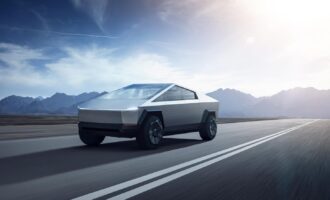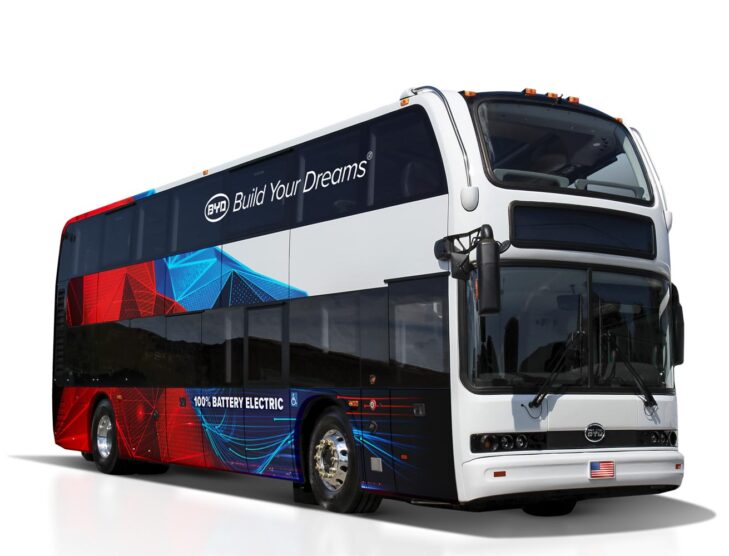
Can heavy-duty diesel engines survive an electric future?
Buses and heavy trucks account for almost one-quarter of carbon dioxide (CO2) emissions from road transportation in the European Union (EU) and around 6% of total emissions. Growing demand for freight is increasing pressure on authorities to decarbonise road transportation.
Electric trucks and buses seem like a straightforward alternative to diesel. An absence of tailpipe emissions means the daily operation is far more climate-friendly than traditional internal combustion engine-powered vehicles. However, this is an overly simplistic view. On-road emissions are only one component of the climate impact of a vehicle. It is critical to consider the “real” environmental effect of vehicles across their entire lifecycle including production, use, maintenance and recovery/recycling.
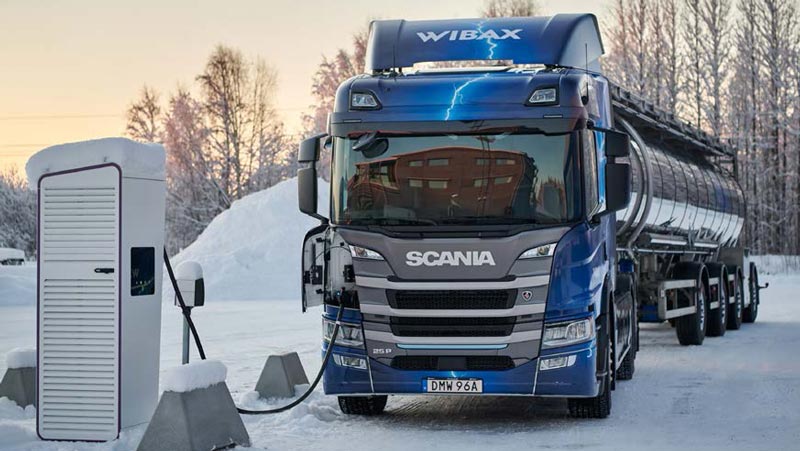
There has been considerable discussion on the environmental impact of electric vehicles. Raw material extraction can be problematic and the manner in which the electricity is generated is important. Higher greenhouse gas (GHG) emissions during the production of a battery-electric vehicle (BEV) deliver a negative carbon profile in comparison to internal combustion engine (ICE) vehicles.
Scania was founded over 130 years ago and is one of the world’s leading providers of heavy transport applications. The first vehicles manufactured by the Swedish company were train cars. Now, Scania is a global powerhouse in heavy-duty trucks and buses, delivering 91,700 trucks and 7,800 buses in 2019 with operations in over 100 countries. The company is vocal about its plans to shift to sustainable transportation systems.
In June 2021, Scania published the results of a study on the environmental impacts of battery-driven versus diesel-driven distribution vehicles. The research is its first publicly available lifecycle comparison between the distribution vehicle types and provides detail on the magnitude of environmental impact from “cradle to the grave.” The study paints a grim picture for the future of the diesel heavy-duty ICE.
Scania’s assessment quantifies raw material use, energy requirements and emissions across the full lifecycle including extraction of raw materials through to recovery at end of life. The heavy-duty manufacturer also offers insight into other environmental impacts including fine particle formation, fossil resource use, freshwater and marine eutrophication, ozone formation and terrestrial acidification. Categories like mineral resource depletion, water use and toxicity, while relevant, are excluded from the research as methodological improvements are required for these categories.
The Scania study was based on two technically similar vehicles to ensure the comparison was fair and equitable and is made possible due to Scania’s modular approach to manufacturing. Three axle rigids with steered tag axle and equipped with P17 cabs were used in the research. The only major difference between the BEV and ICE vehicles was the drive trains, says Scania.
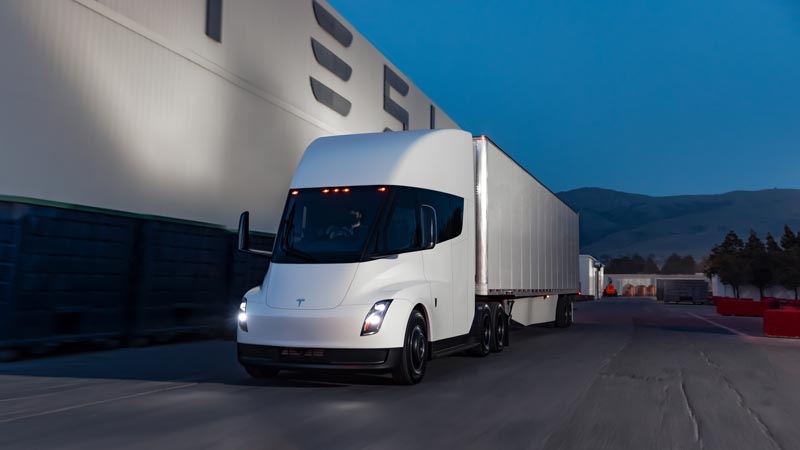
Electric propulsion was initiated courtesy of NMC622 battery cell technology with 300 kWh installed capacity. Curb weight was one ton higher in the BEV due to the weight of the battery. Scania’s review uses 2016 as the European grid mix reference year to dictate the carbon intensity of electricity use. The ICE operates on B7 diesel with a 7% RME drop-in, which Scania indicates is representative of European conditions.
Representative figures for mileage and payload are based on studies of operational data, with 500,000 km driven in a representative distribution cycle and a 6.1-ton average payload.
A “dramatic reduction potential for the battery-electric vehicle” is evident across all environmental categories including a 38% reduction in total lifecycle GHG emissions based on the 2016 EU electricity mix. This, even though the environmental impact of BEV production is almost twice that of the ICE.
Battery manufacturing is an energy-intensive process—particularly the production of cathode active material (CAM) and cell manufacturing. Scania subcomponents like the cathode and anode are produced in China with a less efficient electricity mix (854 g CO2eq/kWh), while cell manufacturing occurs in Europe (424 g CO2eq/kWh). Figures used in the European electricity mix are conservative, says Scania.
BEVs have similar emissions “hot spots” as the ICE with steel production, cast iron production and aluminium production contributing to total energy consumption. However, the Scania paper indicates there is a significant opportunity to improve emissions values in the battery industry with the greater use of green electricity.
Despite a substantial carbon debt in the production of BEVs, this is quickly dispelled during the use phase of the lifecycle. The Scania research includes representative fuel and energy consumption values for the vehicles—25.5 l/100km fuel consumption for ICEV and 93.2 kWh/100km for the BEV. The analysis also accounts for BEV charging losses, estimated at 5% for overnight charging and 10% for fast charging.
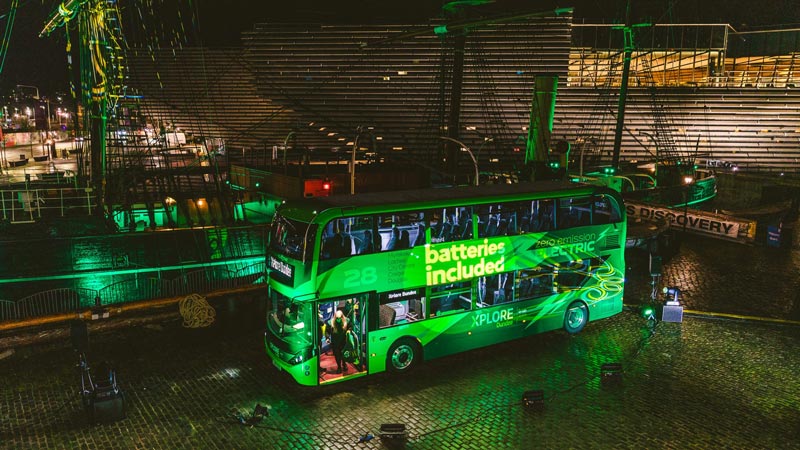
Impacts from maintenance, excluding tyres, were deemed insignificant at between 0-0.3% lifecycle emissions for both the BEV and ICE. The recovery phase was based on a generic model for heavy-duty vehicles with no credits included for secondary materials emerging from the recycling process. No second battery life was assumed for the BEV, the environmental burden is attributed to the initial vehicle lifecycle.
Even with double the emissions during production, the BEV paid off its carbon debt and outran the ICE within 1-2 years of operation. “Break even” occurs between 33,000 kilometres (km) and 68,000 km of usage, depending on the carbon intensity of the electricity mix. Scania’s research also highlighted positive impacts on fine particle formation, ozone creation and terrestrial acidification.
While the research seems to be overwhelmingly supportive of a transition to BEV, the authors stressed that it is possible to significantly improve GHG emissions in combustion engine distribution vehicles with a blend in biodiesel already available or planned in several markets. Scania diesel engines can operate on 100% HVO (hydrotreated vegetable oil), and a 74% reduction in lifecycle GHG emissions is possible by replacing B7 diesel with waste-based (beef tallow) HVO, says Scania.
The same can be said for improvements in the electricity mix. Electricity production around the world is continuously improving. The Scania study modelled additional sensitivities based on the EU electricity mix for years 2020 and 2030 based on International Energy Agency World Energy Outlook 2019. An electricity mix corresponding with the EU 2030 forecasts provides a further reduction in carbon emissions of 63% compared to the ICE.





